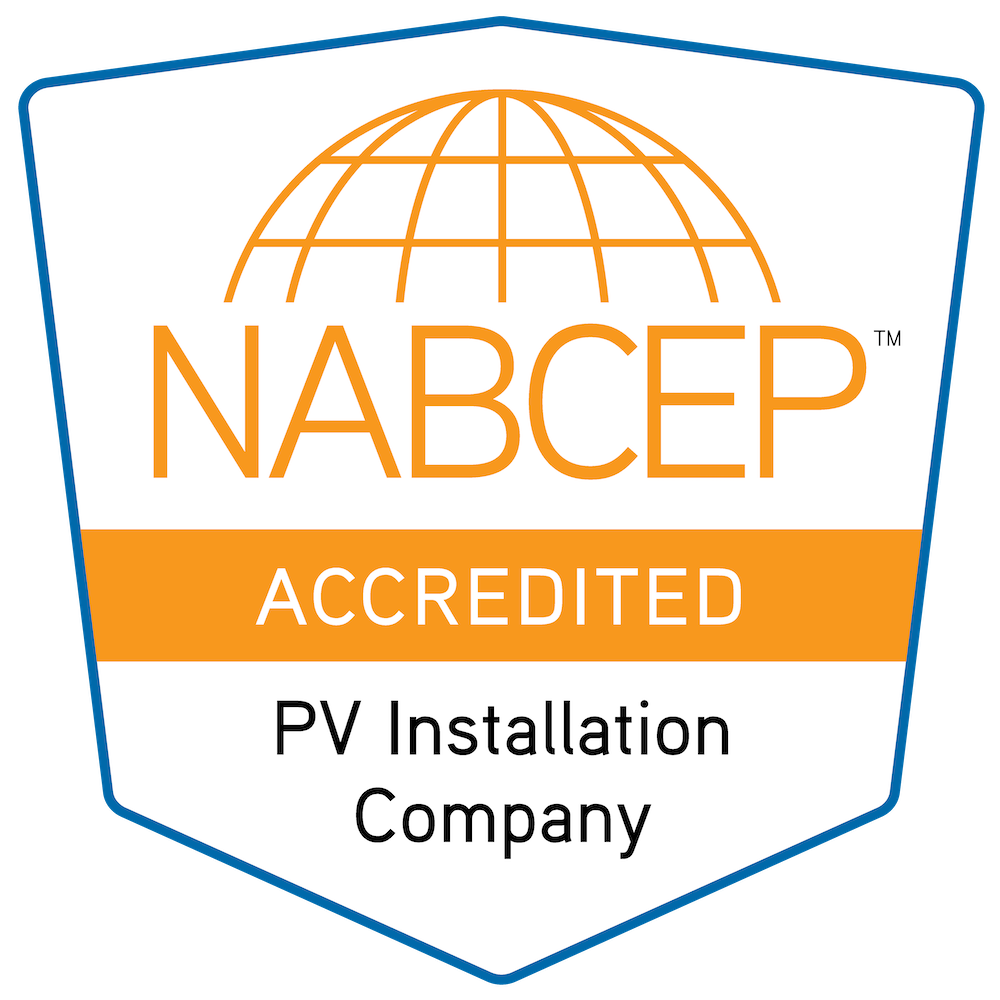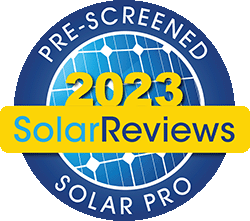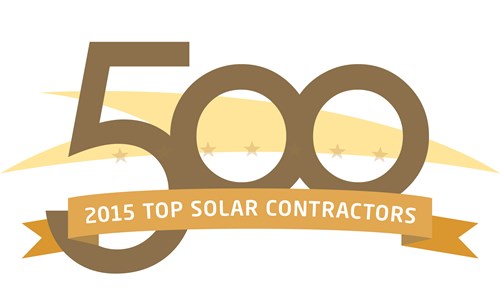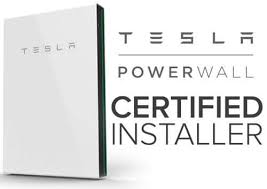You’ve seen solar panels on buildings, and you’ve heard about their energy efficiency as a renewable green energy source. But if you’ve never familiarized yourself with the technology behind these green solutions, you might not understand exactly how solar panels are able to supply energy to your home or business.
Solar panel technology has endured a long process of development and refinement to reach its current level of efficiency. Yet the design of these solar products is simpler than you might think. Read on to learn about the production process behind today’s solar panels—as well as some insights into how those technologies might evolve in the near future.
What Materials are Used in Solar Powered Products?
When it comes to building a powerful, efficient, and long-lasting solar panel, the key ingredient is silicon.
Silicon is used in solar panel production because it is a semiconductor well-suited to efficiently converting sunlight into electricity. However, this material also offers other key benefits by being one of the most abundant elements on earth, and by offering a very long lifespan that allows solar panels to last for years, and even decades, without suffering a significant loss in energy generation capacity.
Other than the silicon used to create the solar cells that generate electricity, the materials used in solar panels are surprisingly ordinary: mostly glass, metal for the frame of the panel, and wiring to collect and transfer consumable electricity.
Inside the Solar Panel Production Process
Solar panel production is best understood by following the base materials of these panels from their smallest parts to their full assembly as a freestanding panel ready for installation. Here’s an overview of what this assembly looks like:
- Raw silicon materials are formed into ingots that can be brought together to form a microscopic chip known as a “wafer.” These wafers are so small they can’t be seen with the naked eye.
- Silicon wafers are then assembled together to form a single solar cell. Relative to the size of a single wafer, these cells are massive—typically about six inches wide by six inches high.
- Solar cells are then arranged into a grid to fit the size of the solar panel itself. Panels are measured according to the number of cells they offer: a 60-panel cell, for example, will measure three feet, three inches wide and five feet, six inches tall.
- The frame, glass and other supporting structures are shaped to fit this panel size. Solar cells are inlaid into the panel and connected to wiring to facilitate the distribution of electricity generated by the panel.
Predicting How Solar Products Will Become More Efficient Over Time
Solar panel technology has made great strides in efficiency and energy output in recent years. But with the average panel only capturing and converting around 18 percent of all available sunlight, there remains plenty of opportunity to create even more (advanced solar products) over time.
Exactly how can greater efficiencies be achieved? While it’s impossible to predict the future, many leading solar power experts envision new efficiencies achieved through one or more of the following enhancements:
- Solar panel materials. While silicon is the most popular material used in solar panels, due to its efficiency in absorbing and converting energy, solar energy scientists believe that greater efficiencies might be achieved by combining silicon with other materials to maximize their energy absorption and generate more consumable electricity.
- High-performance solar “films.” Crystalline mineral structures known as “perovskites” are well-designed for efficient capture and conversion of solar radiation. When placed onto solar panels, these structures are believed to have the ability to make those panels far more efficient. Perovskites are also believed to be more successful at capturing low-level light, such as the available light on a cloudy day.
- More flexible, adaptable solar panel installations. With the advent of solar “thin films” comes the option of adding those films onto a wide range of surfaces—such as car windshields, bus stops and windows—to turn those simple objects into sources of solar energy generation, even on a small scale. This can help improve the efficiency of solar power creation from a cost perspective.
- Light concentration strategies. While this idea exists more as a theory and a last resort than a practical, applicable energy solution, scientists maintain that mirrors and other reflective surfaces could be effective in maximizing light exposure for solar panels on a small scale.
No matter how solar panels are poised to become more efficient over time, the performance this technology offers now is well worth the investment for any home or business looking to cut its utility costs. Find out what it takes to get started on your own solar energy project—request a free quote today.














